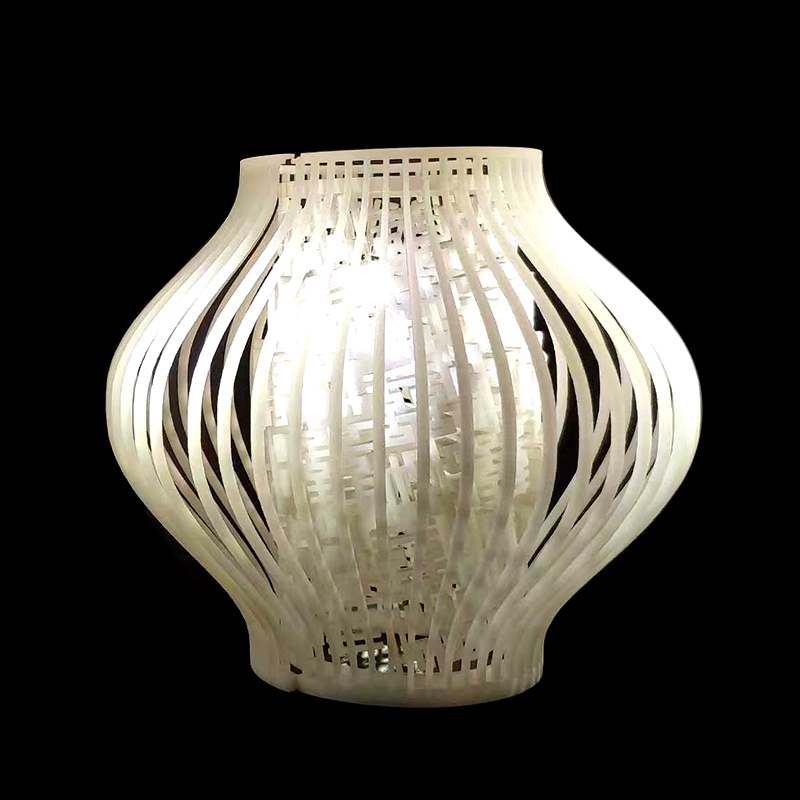Traditional casting and 3D printing are two distinct methods with unique strengths and limitations in manufacturing. This article concisely compares these technologies, focusing on their processes, benefits, and drawbacks.
1. Process Overview
Traditional Casting:Traditional casting involves creating a mold, into which molten material (typically metal) is poured. The process starts with designing a pattern to make the mold. After pouring the molten material into the mold and allowing it to cool, the mold is removed to reveal the cast object.
3D Printing:3D printing, or additive manufacturing, builds objects layer by layer from a digital model. The process begins with a 3D model created in CAD software, which is sliced into layers. A 3D printer then deposits material (such as plastic, metal, or resin) layer by layer to form the final object.
2. Material and Design Flexibility
Traditional Casting:Casting can handle a wide range of materials, including metals, glass, and ceramics. It is especially effective for producing large quantities of identical parts. However, the design flexibility is somewhat limited by the constraints of the mold. Complex geometries or intricate details might be challenging to achieve, and designing a new mold for each variation can be time-consuming and costly.
3D Printing:3D printing excels in material versatility, with advancements allowing the use of various materials, including plastics, metals, and composites. It offers unparalleled design freedom, enabling the production of complex geometries and intricate details that would be difficult or impossible to achieve with traditional casting. The ability to modify digital designs quickly means that prototypes and custom parts can be created with ease.
3. Production Time and Cost
Traditional Casting:The traditional casting process often requires significant lead time, especially for creating and setting up molds. This can be costly and time-consuming, particularly for small production runs or one-off items. However, once the mold is made, producing large quantities is relatively cost-effective due to the efficiency of the casting process.
3D Printing:3D printing typically has a shorter lead time since it eliminates the need for physical molds. The setup involves generating a digital model and preparing the printer, which can be faster compared to mold creation. While the cost of 3D printing has decreased over time, it can still be relatively high for large production runs due to the slower build rates and material costs. It is, however, more economical for small batches and custom parts.
4. Precision and Surface Finish
Traditional Casting:Casting can achieve high precision and a good surface finish, but this is heavily dependent on the quality of the mold and the casting process. Post-casting processes, such as machining or sanding, may be required to achieve the desired surface finish and dimensional accuracy.
3D Printing:3D printing offers high precision and the ability to produce intricate details directly from the digital model. However, the surface finish can sometimes be rough due to the layer-by-layer construction method. Post-processing techniques such as sanding, painting, or coating are often used to enhance the surface finish and achieve the desired appearance.
5. Environmental Impact
Traditional Casting:Casting can be resource-intensive and generate waste, particularly from mold materials. Energy consumption and potential emissions can impact the environment, though recycling can help mitigate some effects.
3D Printing:3D printing generally produces less waste by adding material layer by layer. Its environmental impact depends on the materials used and energy consumption of the printer, but ongoing efforts aim to improve sustainability
Conclusion
Both traditional casting and 3D printing have their unique strengths and applications. Traditional casting remains a robust method for high-volume production and is well-suited for materials like metals and ceramics. In contrast, 3D printing offers greater design flexibility and is ideal for prototyping, custom parts, and small production runs. The choice between these methods depends on factors such as production volume, material requirements, design complexity, and budget considerations. As technology advances, both methods will likely evolve, potentially leading to new synergies and innovations in manufacturing.






